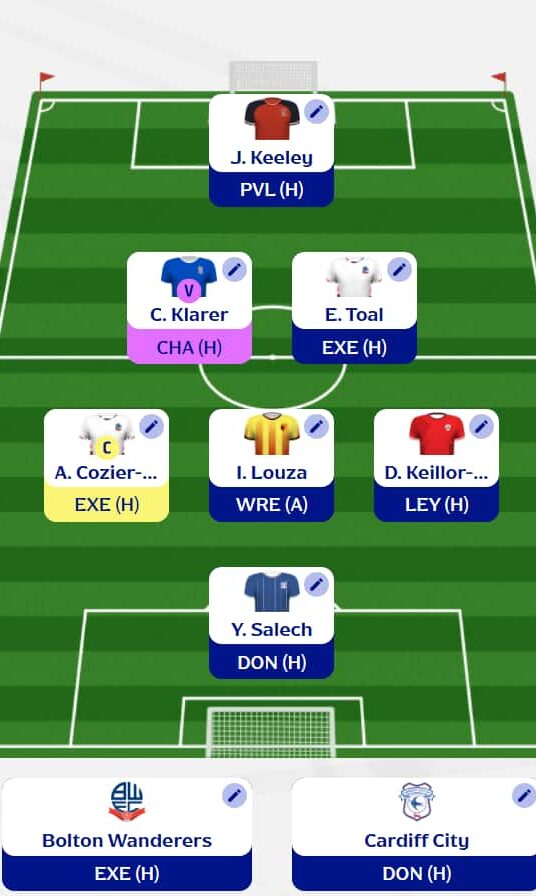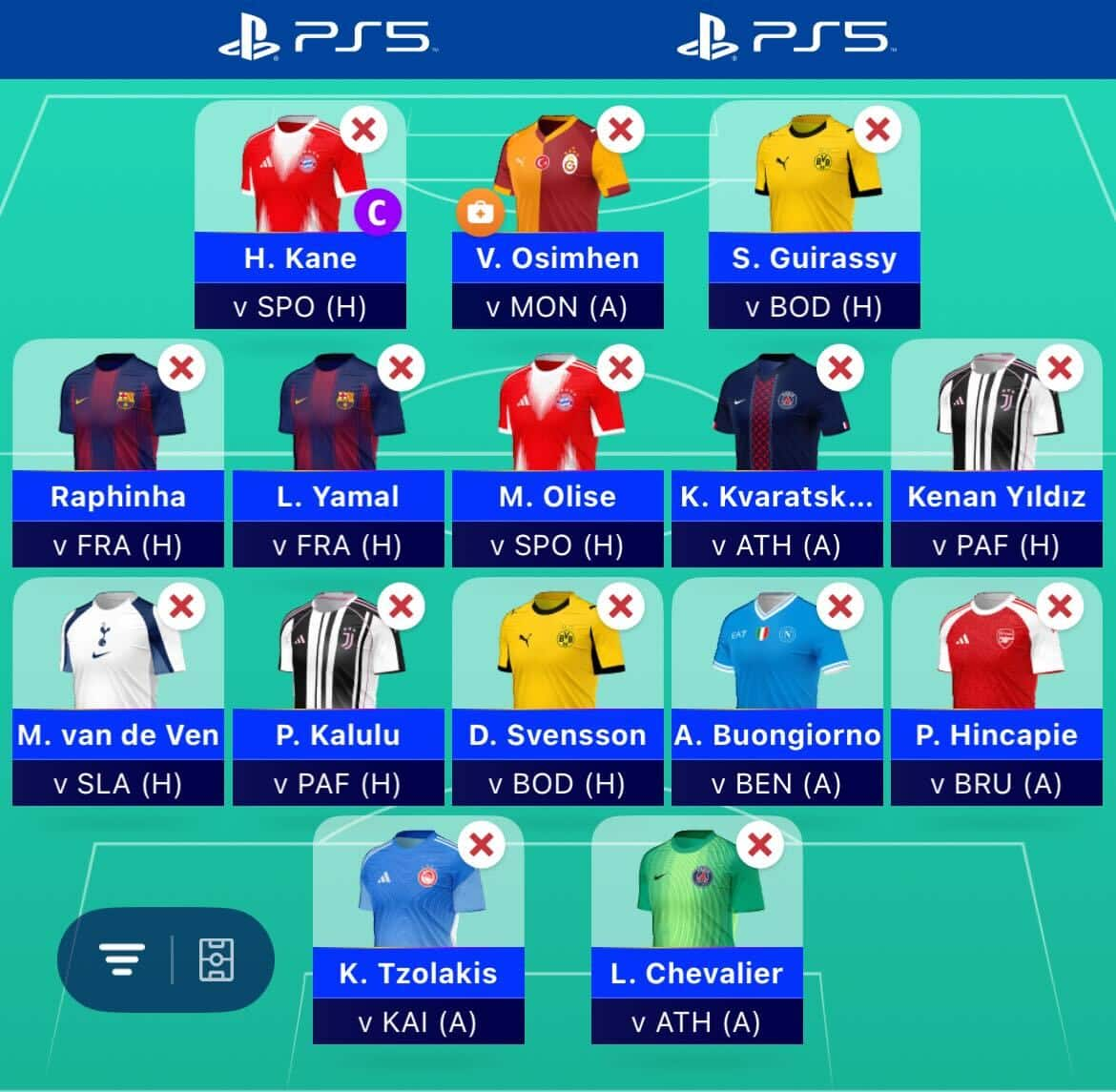Imagine, if you will, a world of legwarmers, neon spandex, and hi-top fades. The year is 1983, and New Order’s ‘Blue Monday’ is the must-have soundtrack for your summer.
As a discerning fantasy stathead, however, you have time to savour only one thing: the annual release of Bill James’ Baseball Abstract.
Plexiglas Principle Explained
To overstate the impact of James’ work upon the sabermetric community is a difficult task. Beginning in 1977, his annual compilation of statistics from the previous year of baseball laid the foundation for generations of sports analytics publications to come (this in spite of the first iteration of this booklet selling only seventy-five copies). It was the 1983 edition, though, that introduced the subject of this article: the expectation of regression to the mean, which he dubbed ‘The Plexiglas principle’.
At its heart, the Plexiglas principle simply states that players or teams which exceed expectations one year should not be inherently expected to continue to perform at such a level come the next. Nor should teams which fail to meet their expectations be considered as more likely for failure the next year.
Instead, James argues, we should expect outliers on either end of our distribution of results to regress towards the group average.
Southampton As An Example
Southampton had a poor chance conversion rate in 2016/17. While an average Premier League side converts roughly 10.7% of its chances into goals, Southampton did so at a league-worst rate of 7.5%. Over the course of a season, this cost the Saints a deficit of 10.1 goals relative to the average team.
However, the rate at which a team converts its chances was shown to be essentially random from one season to the next. A comparison of 2015/16 and 2016/17 data for all Premier League teams shows these two numbers to be totally uncorrelated to one another (R2=0.0022).
Indeed, the previous season, Southampton actually registered the fifth-best chance conversion rate in the league.
Over performers and under performers in this category should naturally be expected to regress towards average performance the following year: a prime example of the Plexiglas principle outlined by James.
With this in mind, here are three more teams who under performed their expected chance conversion rate in 2015/16. Those who struggled may offer great potential to the Fantasy manager going into the new season– particularly if last season’s performance leads to drop in price.
Three Potential Improving Sides For 2017/18
Manchester United
After Southampton, the side who struggled the most to convert chances were Manchester United. As anybody who held onto Zlatan Ibrahimovic through September and October can confirm, United’s attackers seemed almost allergic to the act of scoring. Throughout a disappointing season, though, their chance creation numbers remained impressive. In fact, across the entire season, United created a similar number of chances (208 vs 211) to their crosstown neighbours City – and only City the woodwork more times than United’s 13. The key difference between these two sides was the ability to finish these chances: from the same number of opportunities, City created a whopping 80 goals; United produced only 54.
A rebound is almost certainly due. The previous season, United tied for fifth in chance conversion rate (one spot below City) – and had finished above average in finishing rate every season back to 2011 (the first year for which I have data). A revival in United’s attacking fortunes is expected, and should bring with it great Fantasy potential – lifting the already high sophomore-year expectations of players such as Henrikh Mkhitaryan and Paul Pogba.
West Ham United
Another side whose offensive numbers slumped drastically in 2016/17 were West Ham. The Hammers finished as the third-best offensive side in 2015/16, only to fall to the third-worst last season. Hammers fans might feel inclined to blame this slump upon the loss of Dimitri Payet; yet others clearly deserve to shoulder some of this blame. Andy Carroll, in particular, saw his offensive numbers slide last season: despite making two additional starts compared to the 2015/16 season, Carroll produced fewer goals, shots, touches in the box, assists, and chances created.
Come next season, however, fans of West Ham should have hope for an improvement in their side’s attacking fortunes. In particular, much is expected of Argentine playmaker Manuel Lanzini who, having assumed the primary playmaking role for the Hammers, looks set to build on an intriguing past campaign which saw him register 133 FPL points – top among the West Ham squad.
Watford
The Hornets are perhaps the most speculative of the three sides listed here, but their 2016/17 woes in front of goal are nonetheless due to improve heading into next year’s campaign.
Unlike the other sides listed here, the underlying numbers offer little in terms of optimism: Watford finished 16th in terms of goals scored and big chances created, and 14th in terms of total shots on goal.
Troy Deeney, who produced double-digit goals for the second year in succession, was the lone bright spot in the Watford attacking line – and even he slumped terribly towards the end of the season, without a single goal or assist over the final eight games of the season.
Yet all is not lost for the Hornets. An improvement in chance conversion rate, coupled with the hiring of Hull’s impressive boss Marco Silva, offers some semblance of hope. Despite facing a hopeless task, Silva was able to engineer something of a turnaround in the fortunes of Hull City: accumulating 21 points over his 18 games in charge, after the side earned just 13 points over the first 20 games of the season.
Silva also lifted Hull’s paltry offensive output from 0.85 goals per game to a more respectable 1.1 goals.
Investment in attack is certainly required – with Odion Ighalo now plying his trade in China and M’Baye Niang having returned to Milan, attacking options to support Deeney are scarce. However, the arrival of reinforcements – coupled with the return of creative maestro Roberto Pereyra from a serious knee injury – could signal an improvement for Watford in 2016/17….alternatively, they can always rely on Etienne Capoue to inexplicably score twice every game.


